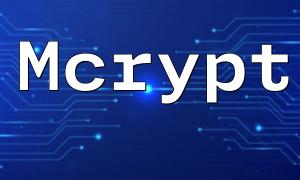Lighttpd is an open-source web server designed to provide high performance with low resource consumption. It is particularly suitable for handling large numbers of concurrent connections and has strong scalability. Due to its lightweight nature, lighttpd has become the preferred choice for many high-traffic websites.
PHP is one of the most popular server-side scripting languages. When combined with lighttpd, it allows for fast dynamic web page generation. For high-traffic applications, lighttpd can significantly improve PHP’s response time and processing capabilities.
Before installing lighttpd and PHP, ensure that your server meets the necessary system requirements. Below are the basic installation steps:
After installation, you need to edit the lighttpd configuration file, usually located at /etc/lighttpd/lighttpd.conf. Add the following configuration to enable PHP support:
To apply the changes, restart the lighttpd service using the following command:
To ensure that your applications run efficiently on lighttpd, you can implement the following optimizations:
Enabling the cache module can significantly improve application performance. Add the following to your lighttpd configuration to enable caching:
To further optimize PHP execution, consider using PHP-FPM (FastCGI Process Manager). Install and configure PHP-FPM with the following steps:
Then, enable PHP-FPM support in the lighttpd configuration file:
With proper configuration and optimization, the combination of lighttpd and PHP can significantly enhance website performance and responsiveness. Whether for small projects or large commercial websites, using lighttpd and PHP is a smart choice. We hope this guide helps you better configure and utilize these tools to improve your development workflow and website performance.









